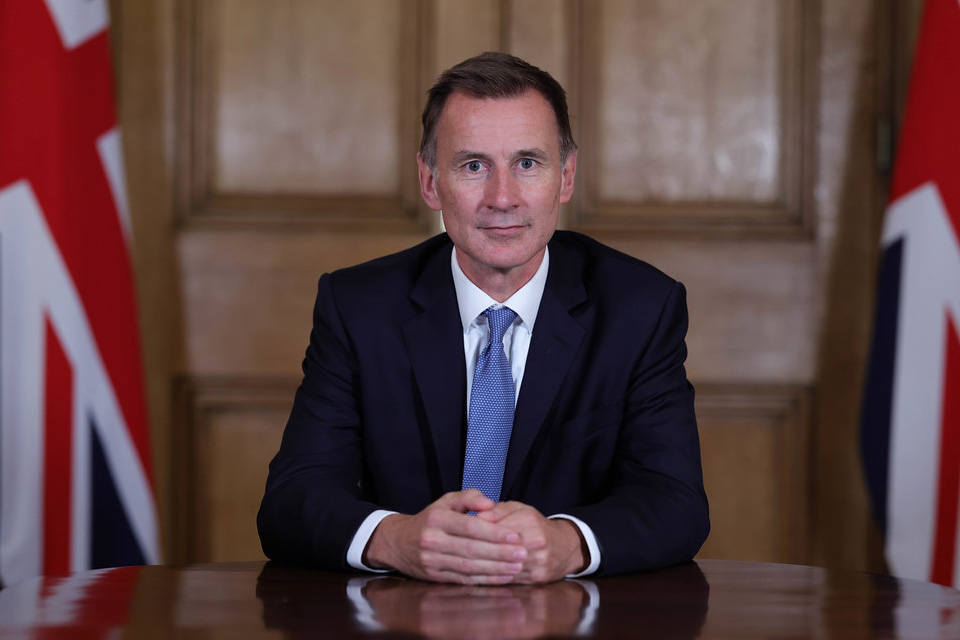Learning from post-accident investigations to ensure patient safety
Health Secretary Jeremy Hunt explains the thinking behind the Health Service Safety Investigations Bill, and recent steps to improve patient safety.

Last week we published the draft Health Service Safety Investigations Bill, which represents a landmark moment for safety and transparency in the NHS, and a victory for the many campaigners who in the wake of the Mid Staffs and Morecambe Bay scandals have called for major change.
Among many others, I particularly credit Martin Bromiley, the airline pilot who lost his wife, Elaine, in a terrible and wholly avoidable tragedy. He has spent a huge amount of his time since then helping the NHS to understand how we can learn from the way airlines have used human factors research to improve safety.
The Health Service Safety Investigations Bill aims to take Martin’s insights on post-accident investigations in the transport industry and apply them to healthcare. It will establish, for the first time, a fully independent investigations body responsible for finding answers and embedding new practices across the NHS in the wake of a healthcare error.
It will not replace the individual investigations that have to happen following any tragedy. But it will use a no-blame approach to try to understand patterns of harm and how they can be avoided by replicating the ‘safe space’ that bodies such as the Air Accident Investigation Bureau benefit from when investigating airline crashes. They are able to get to the truth quickly because all participants in investigations can share information freely in the knowledge that it will not be disclosed without a court order.
This is the ‘black box thinking‘ that author Matthew Syed has been championing as a way to improve standards of safety and care in the NHS – and Matthew also deserves a lot of credit for challenging the medical profession over the supposed inevitability of avoidable harm.
So an important step forward. But overall how well is the NHS doing on patient safety?
There are clear signs of progress. MRSA and C. Difficile infection rates have continued to fall – in fact, rates for 2016 to 2017 have been cut to almost half those of 2009 to 2010. Avoidable harm in hospitals is down 8% over the last 3 years, with estimates suggesting that 86,000 more patients would have experienced some form of avoidable harm in hospital had rates stayed as they were in 2013. That means 200 fewer patients being harmed every single day.
And the public’s view of how safe their NHS care is has never been higher – nearly 4 in 5 people say that they would feel safe if they were seriously ill in an NHS hospital, compared to just over half of people a decade ago.
But perhaps the biggest impact has been the new CQC inspection regime, which makes safety one of the 5 key domains and has focused the minds of hospital boards on safety in a way that simply never happened before. Professor Sir Mike Richards, who recently stepped down as our first ever Chief Inspector of Hospitals, deserves enormous credit for this change alongside his fellow chief inspectors.
What shocked him – and all of us – was the extraordinary variation in standards across the NHS. That is now changing, with 35 hospitals put in special measures – and of the 20 that have come out, no fewer than 8 moved straight to a ‘good’ rating.
Internationally this progress has been recognised. The Commonwealth Fund said the NHS “excels in safety” and was the safest (as well as the best overall) of 11 major healthcare systems.
But… we still have 150 deaths every week where there is a 50% or higher chance they were preventable according to the Hogan and Black analysis.
‘Never events’ are not really falling – more than 1,000 in the last 4 years. Indeed in the last year of reporting we transfused the wrong type of blood into one patient, removed someone’s ovary by accident and left a surgical needle inside someone else by mistake.
And every week 4 claims are made for babies born with brain injuries following potentially preventable mistakes – leading to unbelievable human hardship for the families involved.
This says to me that we are at a crossroads. We can either say that we had our ‘Mid Staffs moment’ and successfully reset the dial to focus more on patient safety, but that now it’s back to other priorities. Or we can say that even after sustained efforts, our levels of avoidable harm are still way too high.
A Johns Hopkins University study says medical error costs 250,000 lives in the United States every year – the biggest killer after cancer and heart disease – so this issue is by no means unique to the NHS.
What could be unique to the NHS is solving the problem once and for all and blazing a trail across the world by showing how standards of safety really can be transformed in modern healthcare.